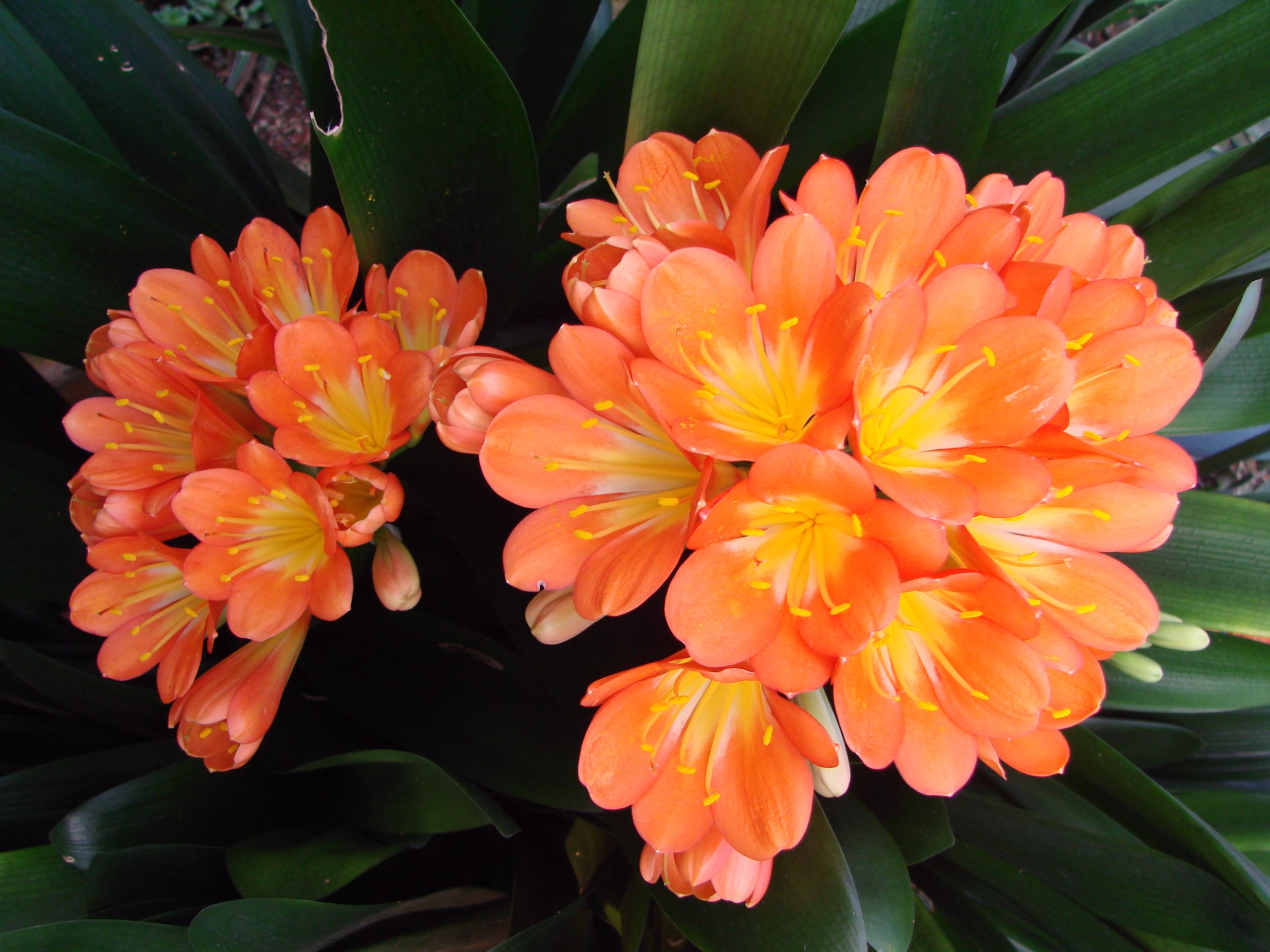Clivia is a captivating herbaceous plant belonging to the Amaryllidaceae family, renowned for its stunning orange-red and pale yellow blossoms. Native to the rocky regions of South Africa, particularly in the province of Transvaal, Clivia exudes an exotic charm that makes it a prized addition to any household plant collection. Known for its ease of cultivation and adaptability, Clivia has gained popularity among indoor plant enthusiasts around the world. In this article, we will delve into the essential care tips, growth conditions, and unique characteristics of this perennial beauty to ensure it thrives and blossoms vibrantly in your home.
Understanding Clivia’s Growth Requirements
Clivia reaches an average height of about 50 cm, and though its growth rate is moderate, with 5-6 new leaves sprouting each year, it rewards your patience with spectacular blooms that typically appear in early February to March. As a perennial plant, Clivia has a long lifespan when provided with the right care conditions.
One of the vital aspects of cultivating Clivia is understanding the temperature preferences that favor its blooming cycle. This plant enjoys cool to moderate temperatures, flourishing up to 21°C (70°F) during summer months. A noteworthy point for winter care involves maintaining the temperature between 46-50°F, with a gradual increase to 59°F when a flower bud emerges. Warm winters can adversely affect flowering, so it’s crucial to monitor its climate closely.
Optimal Humidity and Lighting
Clivia is amenable to medium humidity environments. Regular misting and wiping its leaves with a soft rag help maintain the necessary moisture levels while keeping the foliage clean and dust-free. Bright diffused light is optimal for Clivia, and it adapts well to variations in illumination. You can position Clivia near north, east, or west-facing windows, shielding it from harsh midday sun. The plant’s adaptability means it thrives both in slightly shaded areas and spots with ample indirect sunlight.
When it comes to soil, Clivia appreciates a loose and fertile substrate. An ideal mix includes 2 parts of turf ground, and 1 part each of peat and humus. Ensure good drainage by using pots with holes to prevent waterlogging, which can lead to root decay.
Watering and Fertilization Tips
Clivia requires consistent watering during its growth and flowering phases. Water the plant weekly with warm water, ensuring the soil remains moist, but not saturated. In winter, reduce the frequency, watering sparingly once a week, and increase as new flower arrows begin to develop.
Fertilizing Clivia is crucial to bolster its health and blooming. Use liquid fertilizer every 10-15 days during the growing season, from the start of spring to early autumn. Hold off on feeding during fall and winter, as excess nutrients can hinder dormancy and future bloom quality.
Propagation Methods
There are several propagation methods to grow Clivia, allowing for new growth either by offsets, seeds, or dividing mature plants. Offsets, or “children,” should be at least 15 cm tall with their own roots before replanting in small pots. Pot size can be gradually increased as they mature. Alternatively, Clivia can be grown from seeds kept at a consistent 64.4°F. Plant fresh seeds in a peat and sand mix, with seedlings typically sprouting within 4-6 weeks. Once the first leaf forms, the young plants are moved to individual 7 cm pots, taking 3-4 years to flower.
Transplanting and Maintenance
Transplanting Clivia should be approached cautiously, as it dislikes disturbances to its root system. Young Clivias can be transplanted annually, but reserve repotting mature plants for when roots outgrow their container. Change the topsoil every 3-4 years for adult plants instead of frequent repotting.
Periodic maintenance involves regular wiping with a damp sponge post-flowering and pruning flower stems at their base. Allowing seed formation can weaken subsequent blooms, so it’s advisable to avoid it unless intending to propagate. Monitor for common pests like aphids, mealybugs, and scale insects, and address them promptly.
In conclusion, the Clivia is a striking plant with its vibrant blooms and lush green foliage, offering visual appeal and a sense of accomplishment to those who nurture it. Following the suggested care tips ensures a hospitable environment for this South African gem, letting it flourish and brighten up any space with its enchanting presence.






